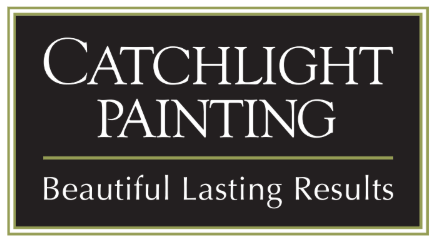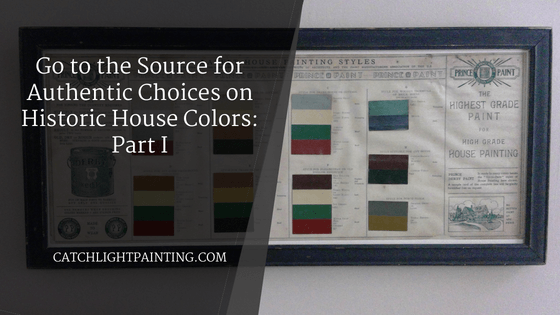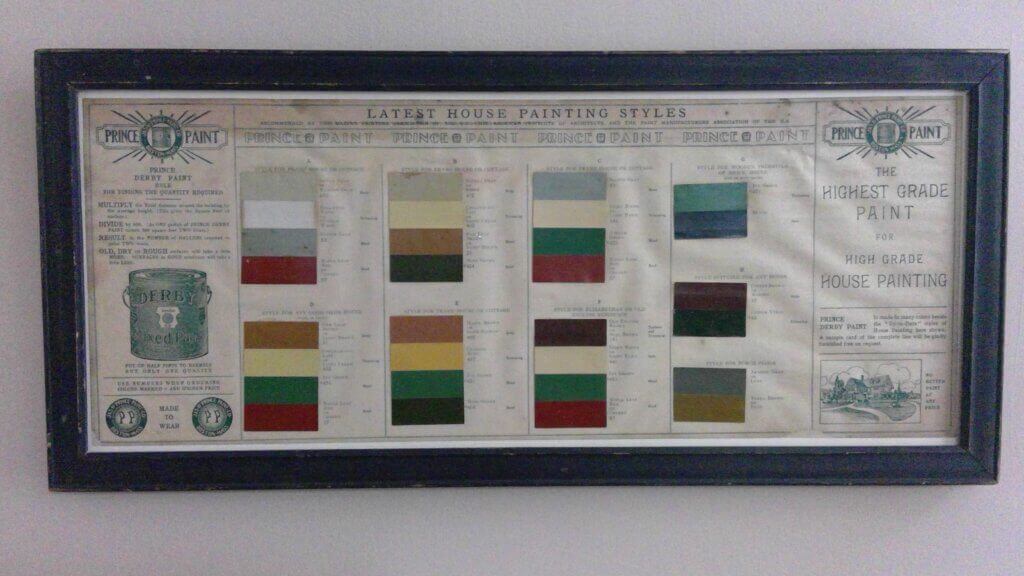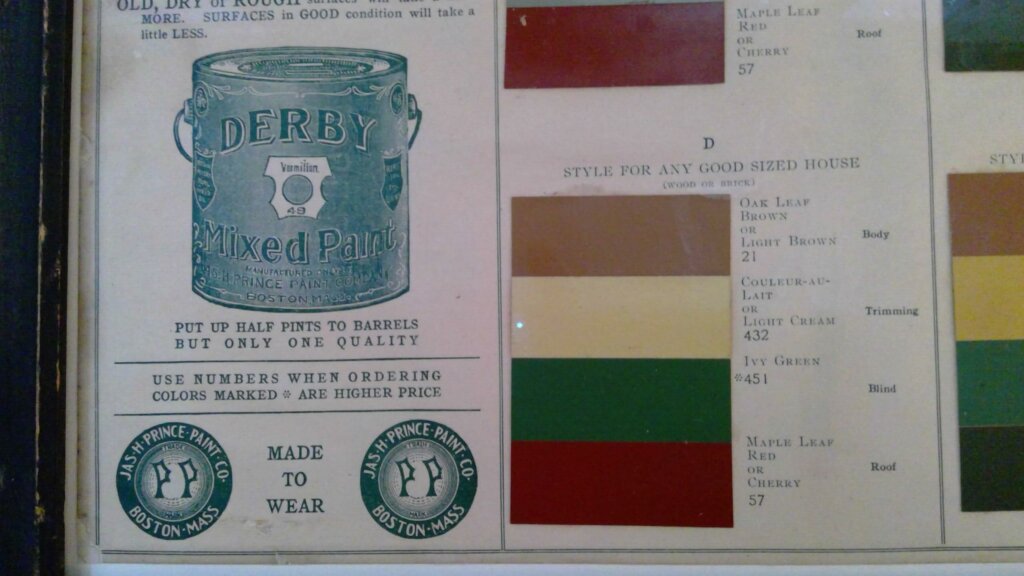Catchlight Painting is delighted to have Sally Zimmerman as a guest author on the blog. Sally is a Historic Preservation Consultant; she has been active in historic preservation activities in Boston and surrounding communities since the 1980s.
In her career as an architectural historian and preservation planner, Sally has worked in the municipal and non-profit sectors and has years of experience as a citizen member of local preservation commissions. Sally has been a frequent speaker on energy conservation in historic buildings and the use of historic paint colors for old houses.
Catchlight is honored to have Sally provide her unique insights on historic homes, design, and paint schemes from eras past.
Choosing a paint color for the outside of your house is stressful – for a good reason. It’s probably the most public statement any of us ever makes about our personal taste and design savvy, not to mention that, with excellent prep and application, you (and your neighbors) will be looking at it for years to come.
If you own an older or historic house of any time period, you may also want to be confident that the color works with the architectural character of the house, but that can present its own challenges. You’d like to enhance its historical look with “authentic” colors, but what are they? And where do they go on the house?
All the major paint companies offer historic paint color palettes and tips on how to use them, but turning to an actual historical paint color source for answers to those questions adds a reassuring measure of authenticity to your choice. Even if you don’t end up using a combination taken from a period source, you’ll learn a lot about what the colors of the past really looked like by checking historical sources from the past. It’s kind of like the paint color “Ancestry” for your house!
Recently, a good friend, knowing I’m keenly interested in historical paint colors and the ways they were used, gave me a very special piece of early 20th-century paint advertising art: a framed brochure that promoted the “Latest House Painting Styles” from the James H. Prince Paint Company of Boston.
The brochure doesn’t list a publication date (a practice still used to extend the shelf life of color cards), but online research shows the Prince Paint Company operated from the early 1900s to about 1930.
Complete with actual painted-color swatches, the brochure (above) lays out nine color recommendations lettered A-H. Six of the recommendations (A-F, on the left side above) are color schemes for wood frame houses or “cottages” (i.e., a small, modest house). One of those, Scheme D in the lower left corner, indicated it could be used on “any good sized house, frame or brick” — a practical option as many houses of the last century were constructed with a brick first floor.
In each of the four-color combinations, the lowest color in the swatch is a Roof color. Before asphalt roofing was common, tin or wood roofs required painting, often with a lesser grade paint.
Be sure to read Sally’s follow-up pieces on historic house colors, and click the links for more information on Victorian house painting and historic home restoration.





